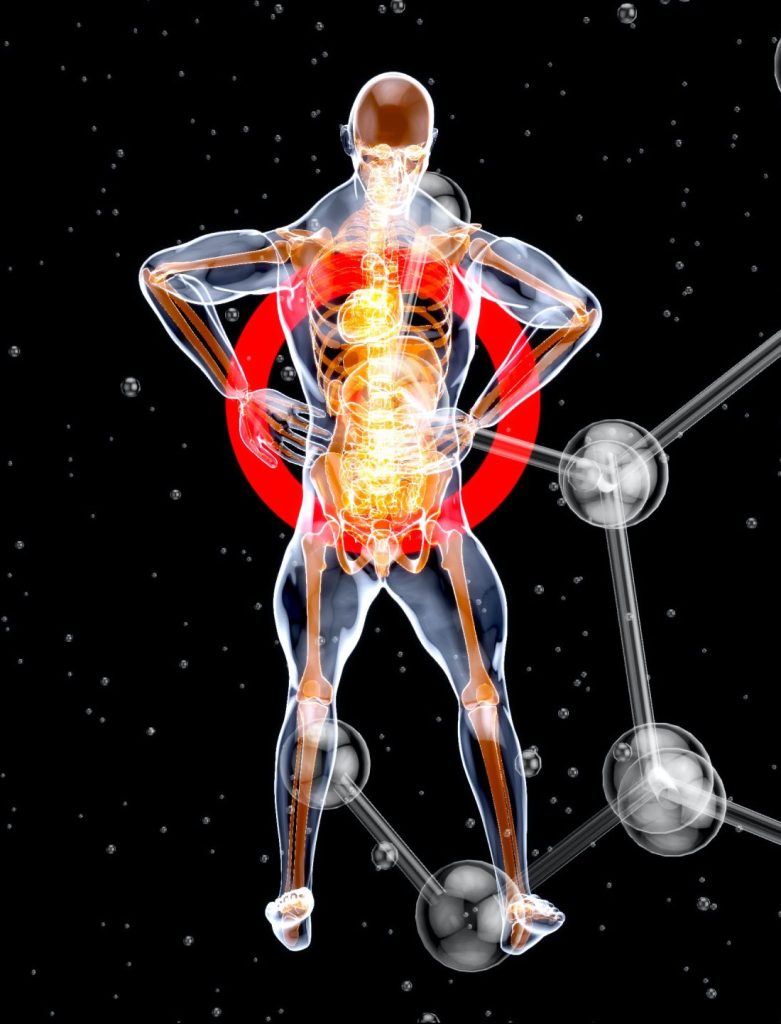Often, we tend to forget that the “H” in SHE stands for health, so the SHE team’s main task is to protect the health of all our members.
This year we are also organising health campaigns such as lung screening and blood sampling. Here is some information you should know about these campaigns.
FREQUENTLY ASKED QUESTIONS
What are the main parameters that your doctor will get information about when you have a complete blood count?
- total number, percentage, and absolute value of white blood cells
- red blood cell count, haemoglobin, haematocrit, MCV, MCH, MCHC
- number and size distribution of platelets
- Since blood counts provide essential information not only about blood formation, but also vary in many diseases, in practice, with few specific exceptions, a full blood count is always done in laboratory tests.
Can I only go for a blood test on an empty stomach?
Not always. It depends on what tests we do: At least 12 hours must have passed since the last meal if they test blood glucose, cholesterol and its fractions, triglycerides, pancreatic enzymes (lipase, amylase). For other tests, such as hormone tests, tumour markers, fasting is not relevant.
Is it true that people who have difficulty taking blood should drink a glass of water before taking a blood sample?
Yes, in this case it is a good idea to drink a glass of water (not sugary, not carbonated!) before going to bed and another before leaving for the laboratory. It dilutes the blood a little.
Can I have a blood test during my period?
It is best to avoid this, and the best time for testing is the mid-period between menstrual periods. During menstruation, results may be lower than average and urine testing may be difficult during this period.
In short, it provides information on, among other things:
- anaemia (which is always a symptom, the cause should be looked for, so blood tests are a screening test for many conditions)
- severity of bleeding (repeatedly, even its dynamics)
- iron deficiency
- red blood cell death caused by immune processes
- lung disease
- bone marrow diseases, tumours
- infections, blood poisoning
- febrile conditions
- the side effects of medicinal products
- haemophilia
- liver failure, etc.

Lung screening
In the 1960s, lung screening was made compulsory for the general population, as the number of Tuberculosis patients was very high at that time. ATBC is short for tuberculosis, which is caused by bacteria. This disease is spread by droplet transmission, and the risk of infection increases if there is daily contact with a tuberculosis patient. At the beginning of the 20th century, this disease was responsible for most deaths, and the development and use of vaccination and the establishment of a network of lung care centres helped to reduce it.
People over 30 years of age were required to undergo lung screening once a year, but nowadays people are no longer required to undergo lung screening, as it is voluntary, and the incidence of Tuberculosis is now limited to a small group of people, such as those living on the margins of society. They can make screening compulsory in cases where there are sudden outbreaks of multiple diseases in certain areas. There are some jobs where it is compulsory to have an annual screening, e.g.: pulmonary medicine workers, social workers, volunteers, or prison/detention centre workers, etc.
Screening is highly recommended for people over 40 years of age, smokers, diabetics, etc. Lung screening provides an opportunity to detect lung cancer early if it does not yet have other symptoms. Thus, early detection can start early treatment of the cancer.
A lung screening report and the lesions it shows cannot be used to say straight away that someone has lung cancer, other tests, such as laboratory tests, are needed. Interestingly, they cannot look at the whole lung, as the heart covers part of it, so the lesions here may not be visible.
Indeed, employers are not obliged to organise/carry out lung screening for their employees. Nevertheless, SK On provides lung screenings as an ‘additional benefit’ to enhance the health awareness of employees. They do not need to visit the General Practitioner, from where they have to go to the lung screening station with a referral.
The good news is that the lung screening test is quick and painless and can check the health of one of your vital organs.

Blood taking
Everyone should go once a year – even if they have no complaints – and have a laboratory test (complete blood count and urine test). The importance of this lies in the fact that blood count abnormalities can indicate changes in the body that need to be addressed, whether through further tests, medication or simply lifestyle changes. Such a test may reveal problems such as: iron deficiency, infections, blood poisoning, anaemia, liver failure, etc. A complete blood test will measure essential minerals, uric acid, blood sugar, cholesterol, and will also provide information on the functioning of the kidneys and liver. There are some values where it is important that 9-12 hours have passed since the last meal, such as blood sugar or cholesterol levels. However, there are so-called hormone tests or tumour markers where the meal does not affect the values. It is recommended to drink a glass of water before going to bed on the day before the blood test, and to drink a glass of water before going to the laboratory on the day of the test so that your blood does not become thick. Sugar-free chewing gum can also affect blood sugar levels, so avoid chewing gum before and during the test. The whole process takes about 15 minutes. After the puncture, you can avoid bruising by pressing the puncture site for 5-10 minutes. If a haematoma has formed, cold packs can be used to relieve the pain and black celandine cream can be used to speed up absorption.
Even if we are sometimes inconvenienced during the tests, it is worth taking part in the free tests provided by the company. In the future, we plan to organise other types of health and safety programmes.
Dóra Laczik Vajtuné
SHE Engineer


